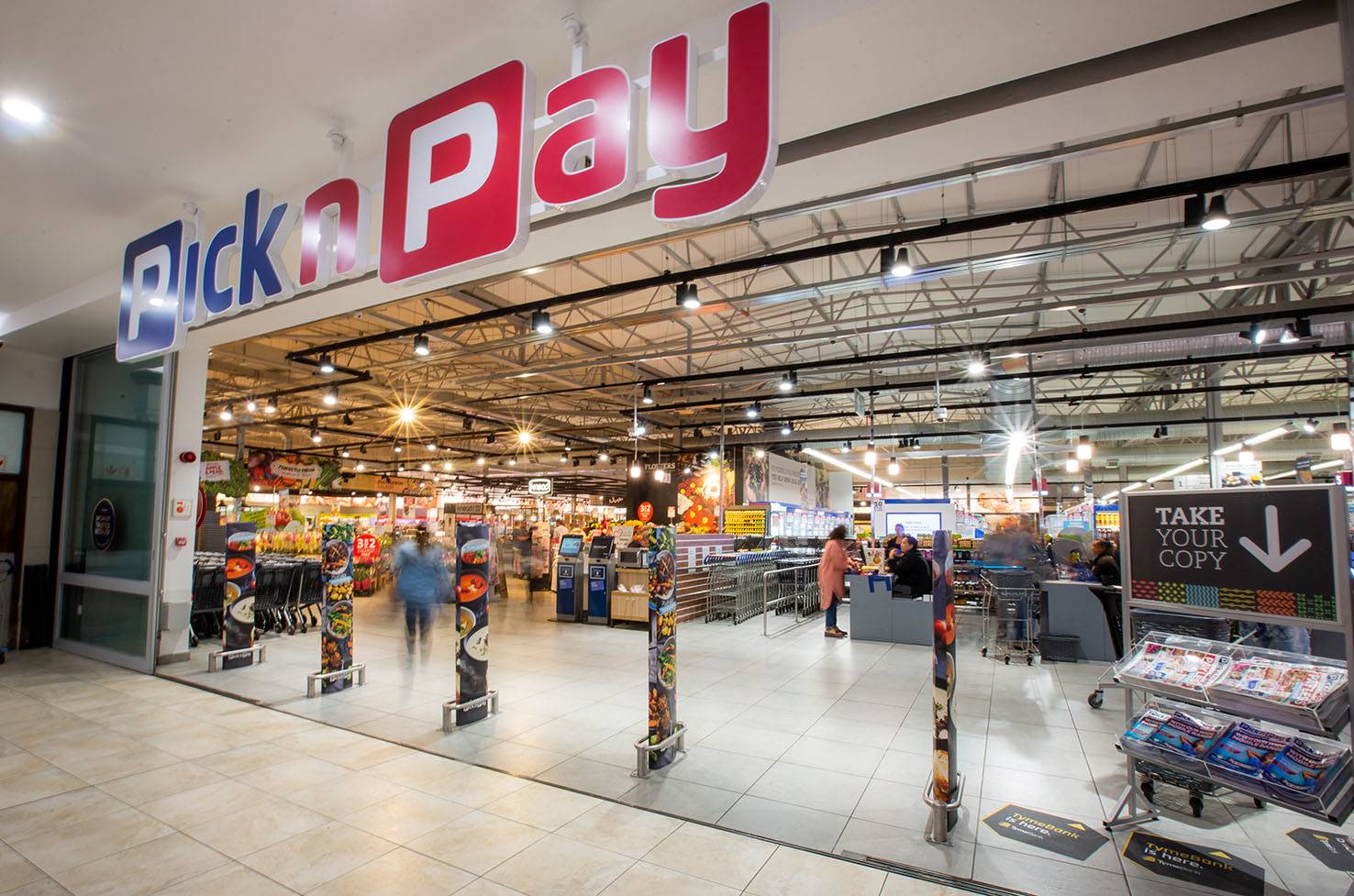Pick n Pay sees big jump in booze and clothing sales
On Tuesday morning, Pick n Pay’s share price jumped 3% after the group posted sales growth of almost 11% for the 18 weeks to 3 July. Its performance was bolstered by increases in liquor and clothing sales, along with an enormous jump in online sales.
The group’s share price is now up nearly 14% since January.
Group liquor sales for the period increased 17% year-on-year, while the clothing division’s sales also climbed 17%. Total online sales for the period, including scheduled delivery, click and collect, and asap! (formerly Bottles) – the group’s on-demand online service, almost doubled.
“The launch of a dedicated Pick n Pay food and grocery offer on the Mr D App is on track. The initial launch will be in a limited number of stores in August, with national coverage targeted by the end of FY23,” the group said.
Pick n Pay’s South Africa segment grew sales by 10.5%, while the Rest of Africa’s revenue increased by 18.9%, or 9.5% on a constant currency basis.
In May, Pick n Pay announced that it was launching the Project Red format as part of its goal to grow its market share. Project Red will fill the gap between traditional Pick n Pay stores – now called Pick n Pay Blue – and the retailer’s 45-year-old Boxer discount store brand. Six stores have been upgraded to the Project Red format.
Pick n Pay said the new stores show “exceptionally encouraging initial results”.
It plans to upgrade 150 stores to different formats by February 2023.
Pick n Pay Clothing meanwhile has 73 new store openings confirmed for 2023 financial year, while Boxer is on track for 61 new stores.
As part of its aim to reduce costs by R3 billion over the next three years the group announced the closure of its Kensington campus by December 2023.
“Discussions with unions are progressing on delivering a more flexible and productive workforce which can better serve customers,” it said.
Pick n Pay said the group is experiencing significant operating cost pressures in the current financial year – including increases in rates, electricity, utility and fuel costs.
“The group expects the consumer environment to remain challenging, as a result of globally rising inflation and interest rates, and the ongoing impact of severe load shedding locally,” it said.-ebusinessweekly











